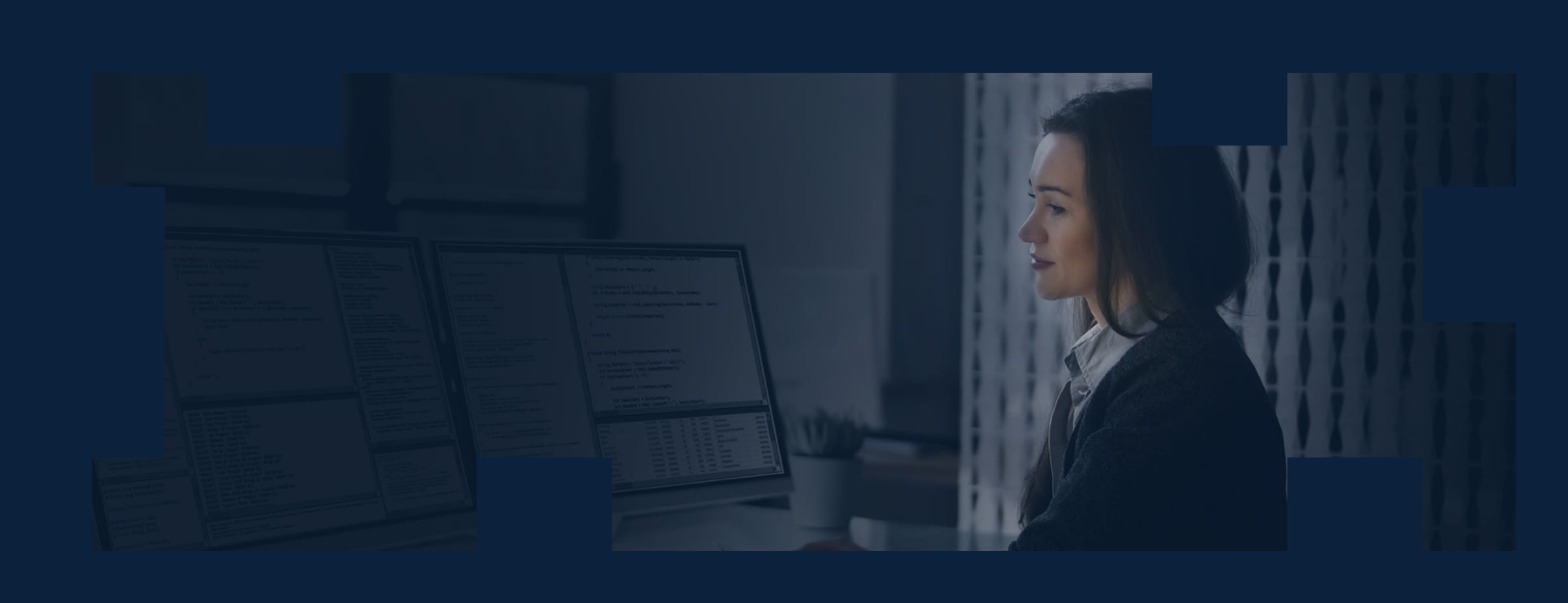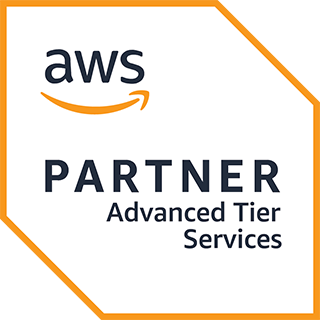Drupal 7 Will Reach End-of-Life on January 4, 2025
Drupal 7 has had a long and successful run of more than a decade. However, like all technologies, newer versions offer improved usability, flexibility, and security. As the end-of-life (EOL) date for Drupal 7 approaches, website administrators and business owners must start planning their upgrade strategies. This deadline means no more security updates, bug fixes, or community support for Drupal 7.
Failing to upgrade before the EOL date exposes your website to significant security risks. Without regular updates, your site becomes vulnerable to exploits and attacks, jeopardizing your data and user information. Maintaining a secure, stable, and supported platform is essential to protect your business and customer trust.
Prepare for the Drupal Upgrade
1. Audit Your Current Site: Identify all the modules, themes, and custom code in use. This comprehensive understanding will guide you on what needs upgrading or replacing. Note any deprecated modules or custom functionalities that might need redevelopment. Try using this module to scan your site and see which modules have upgrades available for specific versions.
2. Plan Your Migration Path: Create a detailed project plan outlining the migration path, including timelines, milestones, and task sequences. Identify dependencies or potential bottlenecks. Decide whether to migrate to Drupal 9 as a step version, or directly to Drupal 11, which is the latest version. Check this page about the Drupal release schedules.
Drupal Upgrade Process
1. Backup Your Data: Before starting any upgrade process, ensure you have reliable backups of your entire site, including the database and files. This step is crucial to prevent data loss during migration.
2. Update to Drupal 8 First: Migrating from Drupal 7 to Drupal 8 involves a complete site rebuild due to major architectural changes. Once on Drupal 8, upgrading to Drupal 9, 10, or 11 is more straightforward.Note that 8 and 9 are also past their end-of-life date so we do not recommend staying on those versions. We recommend upgrading to the latest version 10 or 11.
3. Update Custom Code and Modules: Ensure all custom modules and themes are compatible with the latest Drupal version. This may involve rewriting code to meet new API requirements. Use tools like Drupal Rector to help automate code updates.
4. Migrate Content and Configuration: Use migration modules and scripts to transfer content and configurations from Drupal 7 to the new version. Map old content types and fields to the new site structure. Test the migrated data thoroughly to ensure accuracy and completeness.
5. Test Thoroughly: Set up a staging environment to test the upgrade before going live. This allows you to identify and fix issues without affecting the live site. Perform extensive testing on all functionalities, including custom modules, integrations, and user workflows.
6. Training and Documentation: Prepare your team with necessary training on the new Drupal version. Update documentation for new workflows, features, and administrative tasks. Ensuring your team is comfortable with the new system will facilitate a smoother transition.
Partner with CTAC for your Drupal Upgrade
The CTAC team of Drupal experts is here to assist you through every step of the upgrade process. With 12 years of experience and a track record of successful Drupal migrations, we offer comprehensive services to ensure a smooth transition to Drupal 8 or beyond to the latest version 11.
- Site Audit and Planning: CTAC tailors our existing site audit and planning documents to meet your unique needs and website nuances. Our experience and established documents save money and reduce costs by modifying rather than creating from scratch during your migration from Drupal 7.
- Custom Module and Theme Updates: Ensuring compatibility and leveraging new features, CTAC aligns our partners with the Plain Language Act, Section 508 compliance, and the US Web Design Standards.
- Performance Optimization: Enhancing site speed and scalability, CTAC is an Advanced AWS Partner and Drupal.org partner, with a team certified with agency best credentials and experienced in optimizing Drupal sites.
- Security Enhancements: CTAC has achieved ATOs for numerous clients. Our experts understand the current security landscape and align with Federal Security guidelines from the National Institute of Standards and Technologies (NIST) and compliance standards such as NIST SP 800-53.
- Ongoing Support and Maintenance: CTAC’s operations and maintenance Agile approach is cost-effective for maintaining websites and identifying opportunities to enhance and optimize digital strategy goals to improve user engagement.
Learn more on our Digital page, on our Drupal Community page, or email us directly at info@ctacorp.com.




